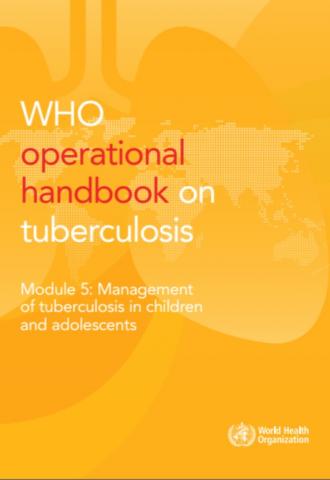2.2.2 Planning and budgeting to implement or strengthen household contact investigation
Contact investigation to identify children, adolescents and other household members with TB disease and to identify those who will benefit from TPT should be a standard component of all national TB programmes. Contact investigation is good public health practice and essential to address and manage several infectious diseases such as coronavirus disease 2019 (COVID-19).

 Feedback
Feedback
